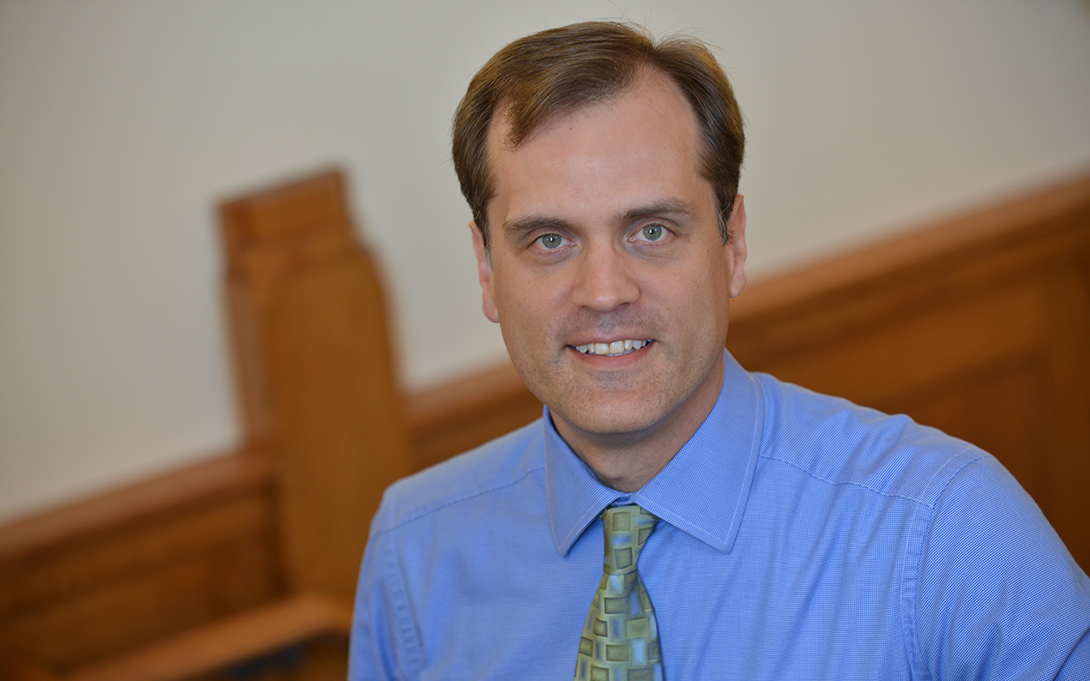
The seeds of the violence that took place in Washington, DC, on January 6, can be traced back to President Trump’s rhetoric in his 2016 campaign, his statements during the re-election campaign over the summer, and even to the Michigan statehouse occupation earlier this year, according to the Ford School’s Jonathan Hanson.
In multiple media appearances, Hanson was asked to put the events into historical perspective.
On WXYZ, he noted, “The seeds for what happened started long ago, when even over the summer the president was warning his backers that there was going to be election fraud. Laying the groundwork for after the election when they were challenging the legitimacy of the outcome. It goes back to even the Iowa caucuses when he was first running and he said that those were rigged. So this is just a culmination of that—inciting his supporters to go to the Capitol to try to undo the process.”
In one article on MLive, Hanson said he saw parallels between ideologies and people involved in the Michigan statehouse occupation and U.S. Capitol insurrection.
“Seeing that you could march into the Capitol building in Michigan probably did give them ideas and those people went to D.C. with the intent that they could do the same thing,” Hanson said.
The language used to portray the breach of the Capitol building is important as well. On Fox2 Detroit, he said, “Insurrection implies a an effort to unseat our constitutional procedures, that it's more than just a protest where people are speaking about their unhappiness, but they're actually invading the Capitol building and disrupting procedures described by our constitution. The right way to approach electoral fraud charges is to do it through the legal system, through the courts, and the president's attorneys have tried that in over 70 cases. That's the right way to go about change, but not by invading the Capitol.”
In another MLive article, he said, “Trump’s attempts to hold onto power over the last few months are what appears to be a self-coup, an effort to maintain the government through extralegal force.”
Acts like pipe bombs planted near political offices or those who carried in zip-ties to potentially hold hostages, would “certainly fit within terrorism.”
“So, not everybody fits under the same label, but you know some people were doing things that you could call terrorist activity,” Hanson said. “The rest of it is this kind of vandals, and mayhem and the kind of stuff we have seen in the street protests that get out of hand.”
But he warned that the debate over terminology could take away from the severity and seriousness of the Jan. 6 insurrection because “regardless it’s all fundamentally the same thing.”
“We have a constitution that prescribes laws and procedures. States have their laws for how elections are supposed to happen, and this was an extraordinary attempt to subvert this process,” Hanson said. “We saw wreckage, vandalism, and deaths in the U.S. Capitol grounds yesterday and that’s just a tragic day for democracy in our country.”
You can see the full media reports using these links:
Discussing the historical impacts of Wednesday's violent protests, WXYZ, January 7
How did we get here and how do we move on?, WJBK Fox 2 Detroit, January 7
A coup? Terrorism? Experts ponder how to define chaos at U.S. Capitol, MLive, January 8
Michigan extremism a ‘dress rehearsal’ for Capitol riot, experts say MLive, January 8
